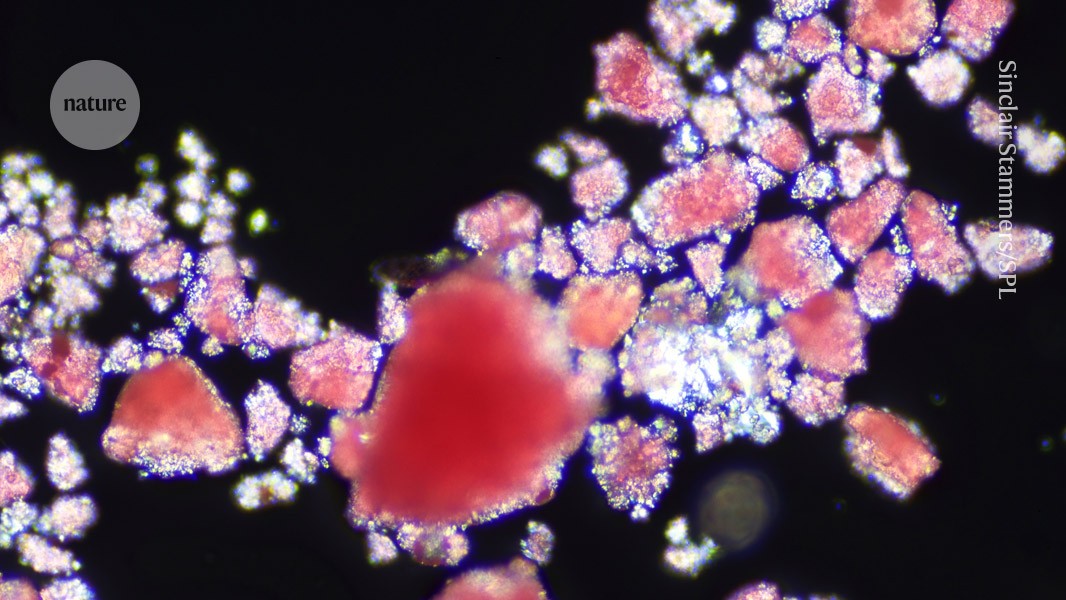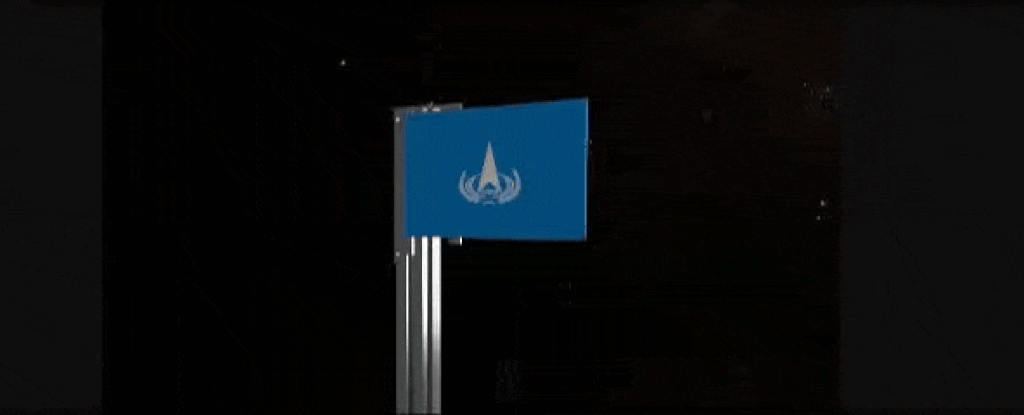SpaceX successfully catches Super Heavy booster following Starship launch
Screenshot: SpaceX SpaceX successfully caught its Super Heavy booster for the second time. During Starship’s 7th test flight from Boca Chica, Texas, Super Heavy descended into the launch tower’s “chopstick” arms, allowing it to grab the booster. Despite the successful catch, SpaceX lost communications with the Starship spacecraft mounted atop the booster. “It successfully separated from the super heavy booster, but during that ascent phase, a couple of the engines dropped out, and then shortly thereafter, we lost communication with the vehicle,” SpaceX’s Kate Tice said during the stream. “We are assuming that we have lost the ship.” This version of Starship featured “major improvements to reliability and performance” this time around, making the vehicle slightly taller, according to SpaceX. Along with a redesigned propulsion system and an improved flight computer, Starship will debut a new heat shield with “latest generation tiles” and a “backup layer to protect from missing or damaged tiles.” At 403 feet tall, Starship is the biggest launch vehicle ever. It’s made up of two parts: the Starship spacecraft, which is designed to carry crew and cargo into orbit, and the Super Heavy Booster, which comes with 33 SpaceX Raptor engines that help propel Starship into space. Both the Starship spacecraft and its Super Heavy booster are reusable. Last year, SpaceX’s launch tower successfully caught its Super Heavy following launch. During its seventh test flight, Starship was supposed to deploy 10 Starlink “simulators” for the first time. These mock satellites are the same size and weight as Starlink’s actual internet satellites, but they weren’t supposed to stay in space. Instead, they would’ve had the “same suborbital trajectory as Starship” and would “demise upon entry.” Update, January 16th: Noted the outcome of the flight.
/cdn.vox-cdn.com/uploads/chorus_asset/file/25834501/super_heavy_catch.png)

SpaceX successfully caught its Super Heavy booster for the second time. During Starship’s 7th test flight from Boca Chica, Texas, Super Heavy descended into the launch tower’s “chopstick” arms, allowing it to grab the booster.
Despite the successful catch, SpaceX lost communications with the Starship spacecraft mounted atop the booster. “It successfully separated from the super heavy booster, but during that ascent phase, a couple of the engines dropped out, and then shortly thereafter, we lost communication with the vehicle,” SpaceX’s Kate Tice said during the stream. “We are assuming that we have lost the ship.”
This version of Starship featured “major improvements to reliability and performance” this time around, making the vehicle slightly taller, according to SpaceX. Along with a redesigned propulsion system and an improved flight computer, Starship will debut a new heat shield with “latest generation tiles” and a “backup layer to protect from missing or damaged tiles.”
At 403 feet tall, Starship is the biggest launch vehicle ever. It’s made up of two parts: the Starship spacecraft, which is designed to carry crew and cargo into orbit, and the Super Heavy Booster, which comes with 33 SpaceX Raptor engines that help propel Starship into space. Both the Starship spacecraft and its Super Heavy booster are reusable.
Last year, SpaceX’s launch tower successfully caught its Super Heavy following launch.
During its seventh test flight, Starship was supposed to deploy 10 Starlink “simulators” for the first time. These mock satellites are the same size and weight as Starlink’s actual internet satellites, but they weren’t supposed to stay in space. Instead, they would’ve had the “same suborbital trajectory as Starship” and would “demise upon entry.”
Update, January 16th: Noted the outcome of the flight.
What's Your Reaction?








































